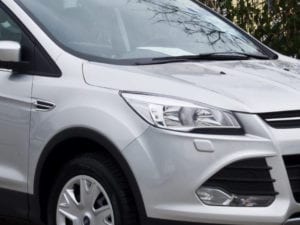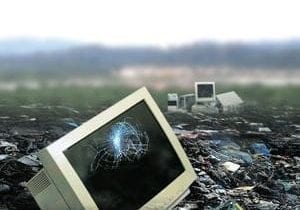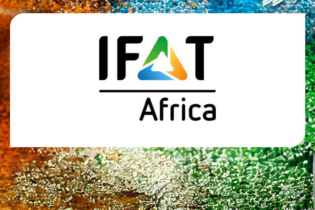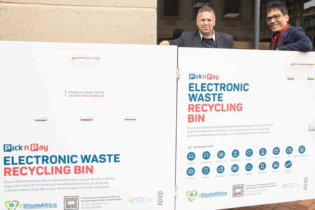Ford is doing its part to combat climate change by recycling old coffee waste from McDonald’s into car parts.
The automaker will be taking food waste from the fast food giant, diverting it from a landfill to its laboratory, where it will be engineered into bioplastics. Ford said in addition to reducing food waste, the effort will make car parts lighter, use less petroleum, and lower CO2 emissions. Starting this year, Ford is incorporating coffee chaff — coffee bean skin that comes off during the roasting process — into the plastic headlamp housing used in some cars. It’s asked McDonald’s, which doesn’t roast its own coffee, to connect it with suppliers.Traditionally, Ford uses plastic and talc to make its headlamp housing, explained Debbie Miewelski, senior technical leader of materials sustainability for Ford. The coffee version is more sustainable because it’s lighter and doesn’t use the talc which, as a mineral, isn’t renewable.
Coffee chaff, on the other hand, is widely available, Miewelski said, and much of it goes to waste. Eventually, Ford hopes to incorporate the material into more cars and use it for more parts. The auto company has been using soy-based foam in its cushions since 2011. It also uses waste from wheat, coconut, tomato and other plants in its cars in order to help meet some of its sustainability goals, which include using more renewable materials. “If you came to our lab, it looks somewhere between a landfill and a farm,” Miewelski said. Ford has set a goal for itself to only use recycled and renewable plastics in its global vehicle fleet.







